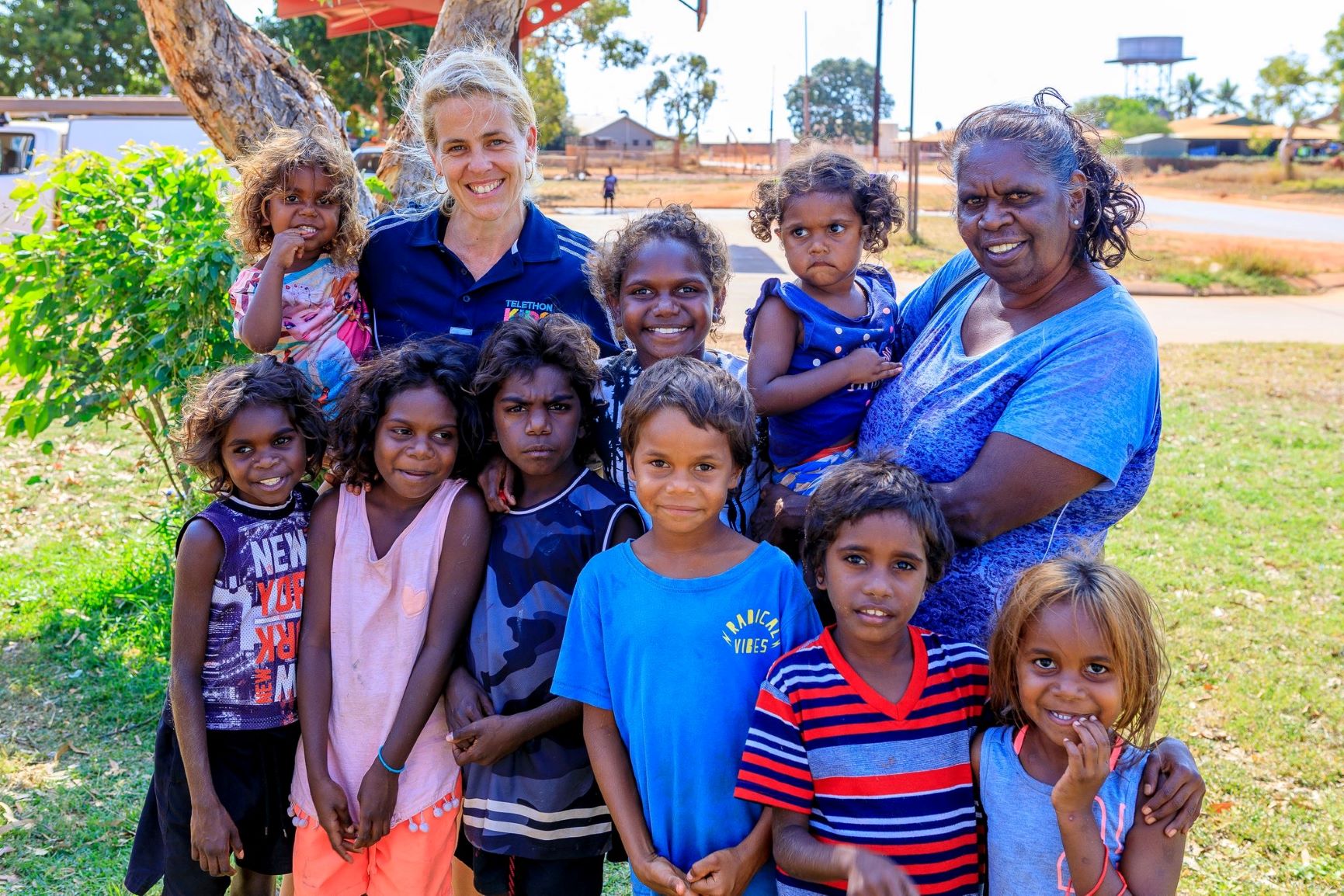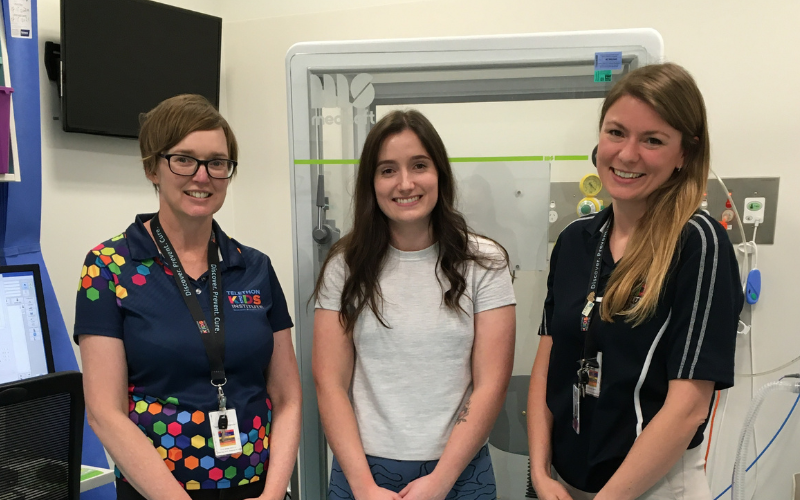Search
Showing results for "early lung health"
Research
The effects of electronic cigarette aerosol exposure on inflammation and lung function in miceThis study shows, for the first time, that exposure to e-cigarette aerosol during adolescence and early adulthood is not harmless to the lungs and can result in significant impairments in lung function.

Respiratory illness accounts for 12% of the age-standardised gap in mortality between Indigenous and non-Indigenous Australians.
Research
Association between early respiratory viral infections and structural lung disease in infants with cystic fibrosisInfants with cystic fibrosis (CF) develop structural lung disease early in life, and viral infections are associated with progressive lung disease. We hypothesized that the presence of respiratory viruses would be associated with structural lung disease on computed tomography (CT) of the chest in infants with CF.
Research
Associations between respiratory and vascular function in early childhoodThe link between respiratory and vascular health is well documented in adult populations. Impaired lung function is consistently associated with thicker arteries and higher incidence of cardiovascular disease. However, there are limited data on this relationship in young children and the studies that exist have focussed on populations at high risk of cardiorespiratory morbidity.
Research
Early life rhinovirus infection exacerbates house-dust-mite induced lung disease more severely in female miceEarly life rhinovirus infection influences the development of house-dust-mite induced lung disease in female, but not male mice
Research
Altered lung structure and function in mid-childhood survivors of very preterm birthTo obtain comprehensive data on lung structure and function in mid-childhood from survivors of preterm birth.
Research
The SPEC score—A quantifiable CT scoring system for primary ciliary dyskinesiaStructural lung changes seen on computed tomography scans in persons with primary ciliary dyskinesia are currently described using cystic fibrosis derived scoring systems. Recent work has shown structural changes and frequencies that are unique to PCD, indicating the need for a unique PCD-derived scoring system.
Research
Prevalence of chronic wet cough, protracted bacterial bronchitis (PBB) and middle ear disease in the KimberleyThis project aims to determine the prevalence of chronic wet cough, PBB and middle ear disease in Aboriginal children in Aboriginal communities in the Kimberley.
Research
We won't find what we don't look for: Identifying barriers and enablers of chronic wet cough in Aboriginal childrenKey barriers to effective management of chronic wet cough are limited training in chronic wet cough management combined with competing complexities

News & Events
New risk factor identified to help predict the long-term lung health of young adults born very pretermA study which set out to determine ways to predict the long-term lung health of young adults born very preterm has shown that a childhood history of respiratory hospital admission should be a key consideration in the management of preterm children and adults.
